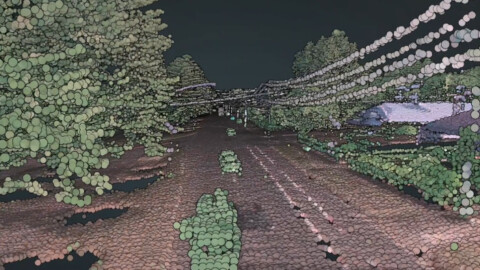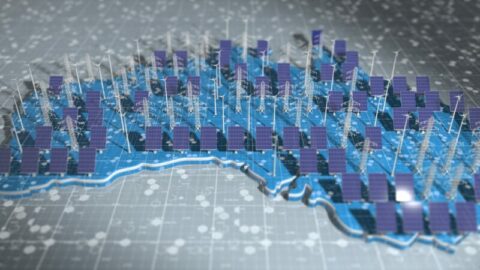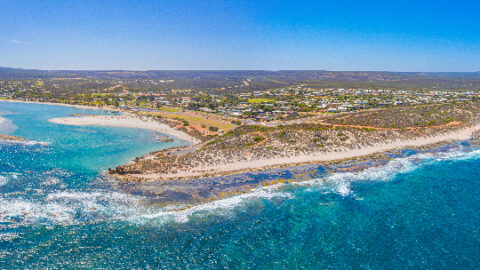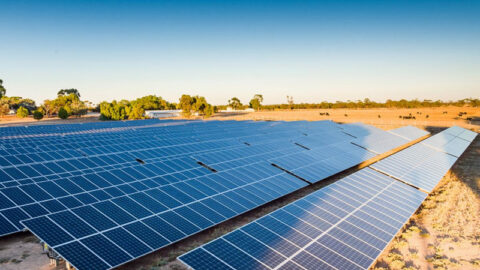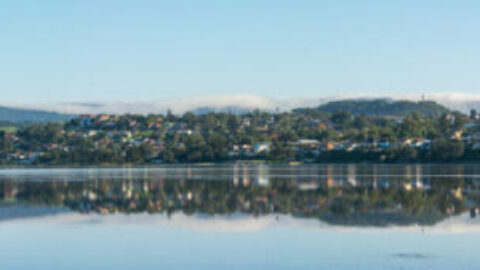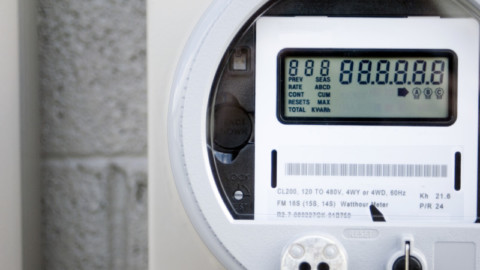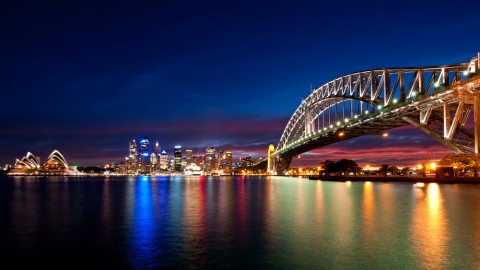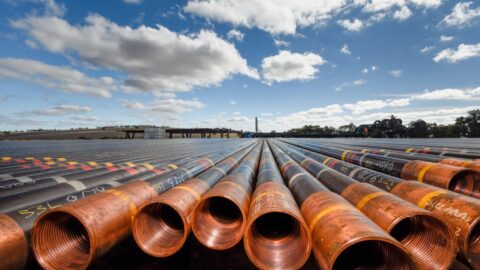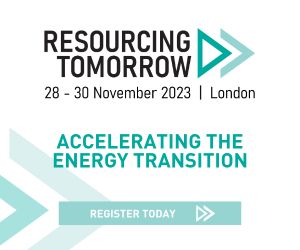There’s something new taking shape on Australia’s coastlines. Wind power has been used in Australia for decades, but now in 2023 –supported with federal offshore electricity acts and regulations – offshore wind power is set to blow fossil fuels out of the water. Supporting this industry growth is the latest declaration of the Hunter region as the nation’s second offshore wind zone. Here, Energy Magazine looks at the upcoming offshore wind projects in development or under proposal across the country.
Wind farms are currently the second largest contributor to Australia’s clean energy transition after rooftop and large-scale solar combined, accounting for almost 37 per cent of renewable power generation in 2022.
There are currently 36 wind farms operating on mainland Australia and around 25 offshore projects at various stages of development. The new offshore projects underway feature a mix of fixed and floating platform designs.
Fixed platforms
Fixed (or fixed-bottom) platforms are closer to their land equivalents. Fixed platforms that are connected to the sea bed, can have four different foundations depending on the sea bed ground type and depth of underwater placement.
The four different foundations are:
Monopile
» Maximum depth of 30m
» Precast concrete foundation
Gravity
» Suitable for 25m depth
» Made of steel and driven into seabeds
Tripod
» For deeper waters around 35m
» Welded foundations with steel piles
Jackets
» For deeper water >40m
» Steel welded beams and often weighs more than 500t
Floating platforms
The International Renewable Energy Agency said that floating platforms create three unique opportunities compared to fixed designs; access to deep-water sites, easy turbine set up and a less invasive installation on the ocean seabed. Floating offshore platforms have three current varieties in design:
Spar buoy
» Ballasted cylinder
» Taut spread mooring lines with drag or suction anchors
» Designed for deeper waters >100m
Semi-submersible
» Large columns, connected by submerged pontoons
» Hydrostatic stability
» Positioned by taut spread mooring lines and drag anchors
Tension leg platform
» Highly buoyant, low mass
» Central column that is connected with three arms and tensioned tendons
» Foundation is secured to piled anchors
» Designed for ocean depths around 50-60m
Just the beginning
Our compilation is certainly not inclusive of all projects underway, or comprehensive regarding their details, as some projects have not announced the technology they plan to use but it’s clear the nation is understanding the value of utilising our offshore wind resources.
Australia’s offshore industry, while in the early stages compared to its global counterparts, is, no doubt, going to significantly impact our net zero targets.




